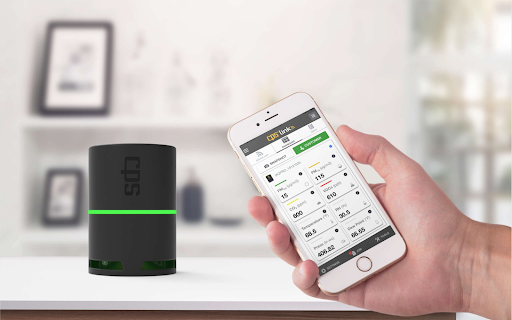If you’re a homeowner, you might have heard about indoor air quality (IAQ) testing but probably haven’t given it a whole lot of thought. After all, air quality problems are rarely in the news.
However, that doesn’t mean that you’re off the hook when it comes time to test your indoor air quality. In fact, beyond carbon monoxide and carbon dioxide, there are other forms of indoor air pollution that you need to be mindful of if you want to protect your short-term and long-term safety.
If you’re wondering how to improve your indoor air quality, here’s everything you need to know about indoor air quality testing.
When Should You Test?
In an ideal world, everyone would conduct frequent and regular air quality testing to minimize the risk of respiratory illnesses and improve their air quality. However, this is not feasible for everyone, and if you fall into the latter category, how do you know when to test your indoor air quality?
Poor indoor air quality is usually present when you notice health problems appear for no apparent reason. Some symptoms that could indicate poor indoor air quality are:
- Respiratory issues (like aggravated asthma and allergies)
- Headaches
- Dizziness
- Nausea
- Shortness of breath
- Congestion
- Unusual coughing and sneezing
- Irritated eyes, nose, and throat
- Memory loss
- Fatigue
- Depression or other cognitive changes
Poor IAQ is also the leading cause of lung cancer, which is why it’s better to learn how to improve your indoor air quality sooner than later.
What Should You Test For?
When you test the indoor air quality in your home, there are several different kinds of pollutants that you should be paying attention to. These can be broken down into three categories:
- Particles and allergens. Particulate matter includes dust, pet dander, dust mite feces, smoke, and hair.
- Germs and infectious agents. These include viruses, bacteria, mold, flu virus, and pollen growth.
- Chemical gasses and odors. Common sources and examples include chemicals from cleaning products, pesticides, off-gassing from building materials, formaldehyde, carbon monoxide, carbon dioxide, benzene, and various other volatile organic compounds.
These pollutants can cause a broad spectrum of different health symptoms and make your home an uncomfortable place to live. IAQ testing becomes a very custom process depending on your concerns. Some assessments may call for more expensive mold sampling and checking radon levels. These kinds of air pollutants may not create issues immediately, but they can cause asthma attacks, respiratory distress, and even cancer down the line if they’re left untreated.
Remember, it’s usually best to seek a trained specialist to test your indoor air quality. IAQ technicians have access to commercial-grade equipment and can offer a professional opinion on how to improve your indoor air quality.
How to Improve Indoor Air Quality
It’s important to tackle indoor air quality issues at the source, and an expert assessment can help with this. But here are some things you can try yourself before calling an expert:
- Clean ceiling fans, furniture, floors, and carpets to reduce dust in the air
- Program the air conditioner to dehumidify to 55% relative humidity or lower to reduce microbial growth
- Change air conditioning filters regularly
- Use UL Greenguard Certified cleaning products
- Install carbon monoxide detectors in your home
If you’ve taken these steps but you’re still concerned about the air in your home, you may benefit from an expert indoor air quality assessment and solutions that tackle the root causes.
Indoor air quality solutions vary widely based on each home and the concerns of the occupants. This is why we offer personalized air quality assessments to better understand what is right for you and your budget. Solutions may include: added dehumidification, introducing conditioned fresh air from outside, air purifiers, ultra-violet lights, sealing air leakage, system cleaning, and sanitization, better filtration strategies, etc.
The right solutions can transform your stale indoor air so it feels like you’re breathing fresh outdoor air in an instant. To find out more about indoor air quality testing or speak with an IAQ specialist about whether you should test your indoor air quality, call Polar Bear today!


0 Comments